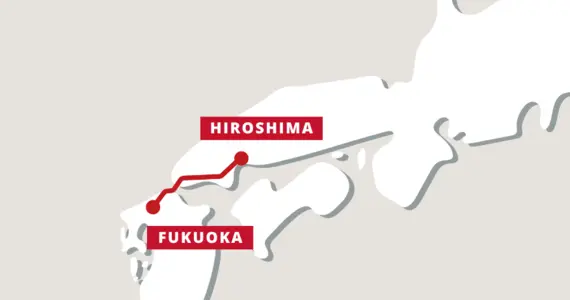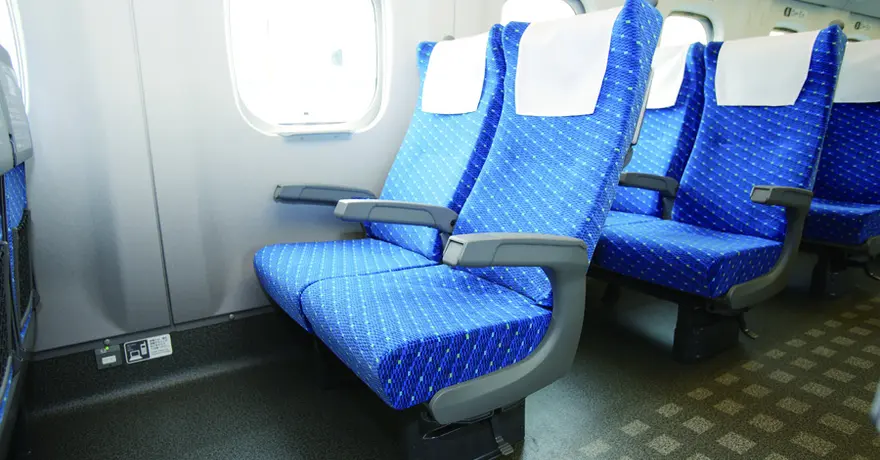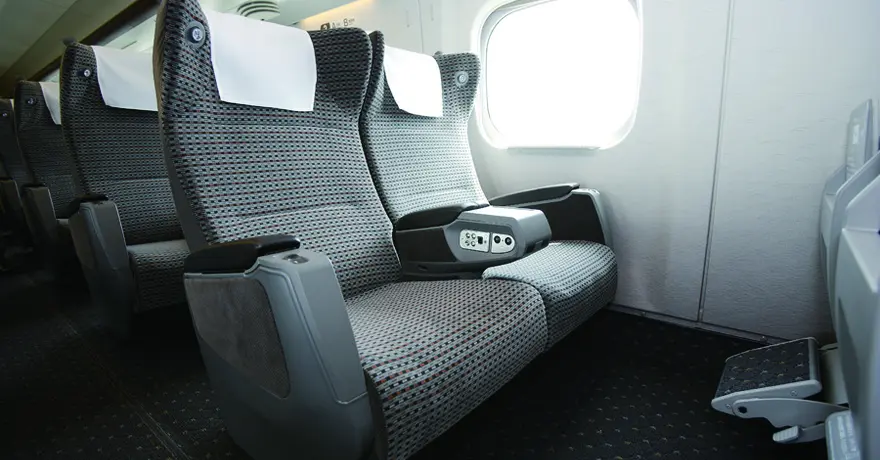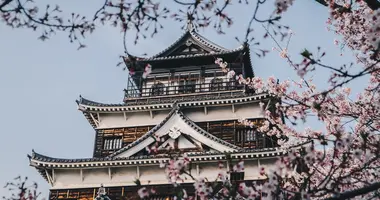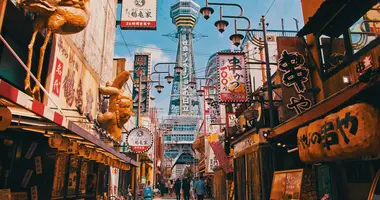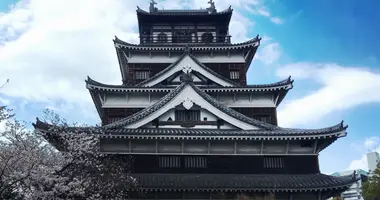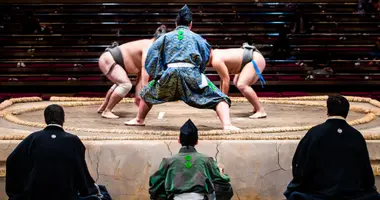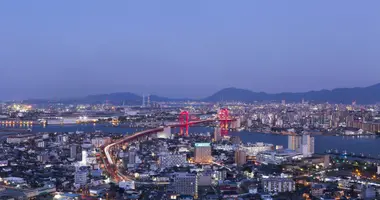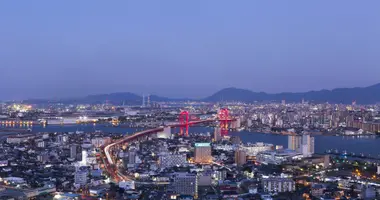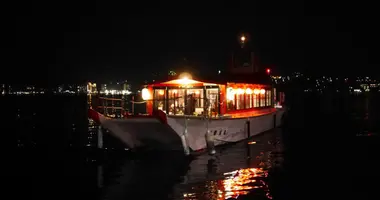Train Tickets from Hiroshima to Fukuoka (Hakata)
Official train tickets seller
Choose your preferred seat
7/7 Assistance
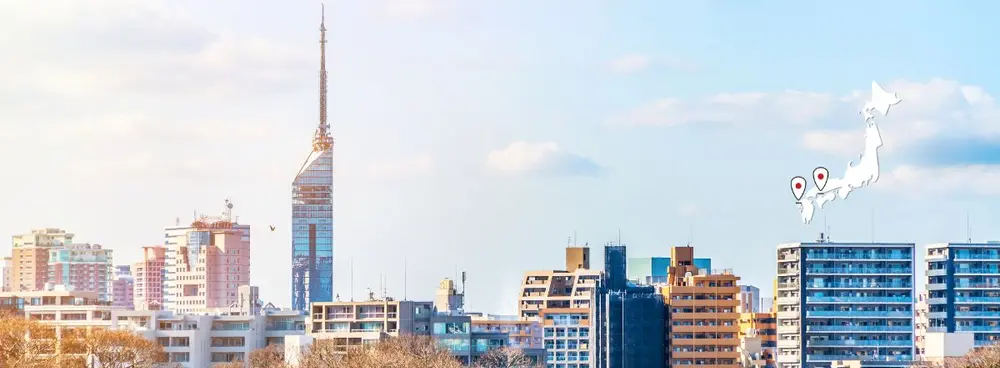
Travel conditions
Ticket type
Passenger information
Seating options
Luggage conditions
Buy your train tickets in Japan in 3 easy steps
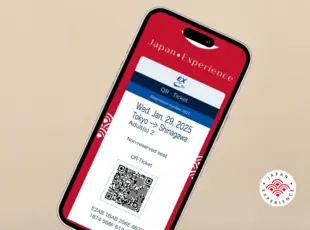
Choose and buy your train tickets for your preferred travel date
Receive your e-ticket one month before departure
Scan your e-ticket in train stations in Japan
Trains in Japan: what does it look like?
What our customers say about us
Travel advice from our Japan train expert
Traveling by train in Japan
Japan boasts a highly developed rail system, making it an extremely practical mode of transportation for both locals and visitors. As a result, both residents and tourists frequently find themselves using trains, whether it's their local lines or the renowned Shinkansen bullet trains. For those embarking on their first journey to Japan, the significance of train travel during their stay is likely to be a consideration.
Although train travel is a common aspect of life in Japan, there are several factors that may necessitate some prior knowledge or preparation before first-time travelers board a train. This is true even for those hailing from countries with a strong train travel culture.
What makes trains so popular in Japan?
Japan's rail transportation network is regarded as one of the finest globally. Riding the train in Japan can be described in three words: efficient, fast, and clean. Until you experience it firsthand, it can be difficult to grasp just how easy and remarkably convenient train travel is in Japan. Even with millions of passengers utilizing the rail system daily, trains remain impeccably clean, punctual, and operational. For many, this may seem like a dream compared to the train networks in their own countries.
There are many reasons for this incredible railway system, but it can be trimmed down to Japan's reliance on imports in terms of fossil fuels, which prompted the country to heavily invest in its transportation network through trains. Since the late 19th century, train companies in Japan have been building lines to get people and goods from point A to point B efficiently, and thanks to this historic network, cities began to build themselves around trains. Where most of Western urbanism focused on car-centric infrastructure, Japan mostly developed its urban sprawl around train stations. You will see that in most Japanese cities, train stations are the economic and demographic center of the city.
With the right investment into its train system, Japan effectively created one of the most reliable, fast and safe rail networks in the world !
Shinkansen information
Different types of Shinkansen available
There are four different kinds of Shinkansen trains that passengers can take to get from Hiroshima to Fukuoka: Sakura, Kodama, Hikari, and Nozomi. The fastest option, the Nozomi, is more expensive and functions as an express service. It should be noted that reservations are required for all Nozomi Shinkansen trains.
Onboard amenities such as power outlets, overhead storage, and reclining seats are available to customers traveling by train. From Hiroshima to Fukuoka, taking the Shinkansen guarantees efficiency and comfort. To purchase a train ticket that best meets your needs, it is advised to investigate all of your alternatives for seats and cars.
How to get to Hiroshima Station
Hiroshima Station, the primary train station in Hiroshima, can be found in Minami ward. It is well-linked to different local public transportation routes run by JR, catering to both the Hiroshima metropolitan area and the surrounding region. The famous Hiroshima streetcar, under the management of Hiroshima Electric Railway, also has a stop at Hiroshima Station. Moreover, several bus routes either start from or have stops at this station. Due to its proximity to Hiroshima's Peace Memorial Park and Museum, it is conveniently reachable on foot to the city's major attractions.
Where to go from Fukuoka Station
Situated at the center of Fukuoka, Hakata Station is a major transportation hub that offers an extensive network of public transit services. Serving as Fukuoka's main Shinkansen train station, it is essential for both arrivals and departures. Many JR lines connect Hakata Station, including the Hakata-Minami Line of JR West and the Fukuhoku-Yutaka Line of JR Kyushu, as well as the Kagoshima Main Line. Hakata Station is also the hub for the Kuko (Airport) and Nanakuma metro lines, as well as a number of bus routes and airport transfer possibilities. These vast transit systems provide easy access to travel throughout Fukuoka, the city, and the neighboring prefectures and areas.
Hakata Station is very close to the airport, so it's very easy and convenient to go straight from the Shinkansen from Hiroshima to a flight on one of the many airlines servicing Fukuoka into the Okinawa Islands or any other destination.
